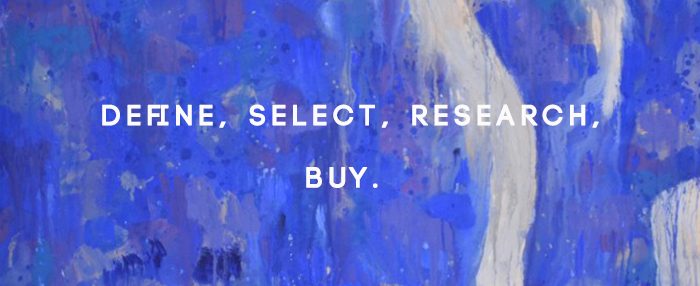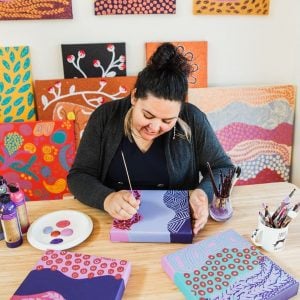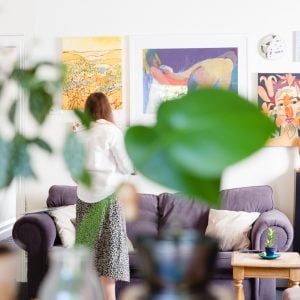Where to buy contemporary art, and what to look for.
In our previous Art Collecting blog we talked about why you should start a contemporary art collection. So if you are reading this, great, you are keen 🙂 The next questions is where do you look for contemporary art, and what should you look for?
The biggest mistake first time art collectors make
First time contemporary art collectors often think of the big, well known galleries as a good starting point for an art collection. Yes these big, beautiful galleries have amazing art but there are two issues with starting here.
One, they only have room for a minisucle amount of collectable Australian artists, like 0.00001%. So your art collecting options are very limited.
And two, they are an expensive place to start. Most contemporary artists, especially those at the beginning of their careers cannot afford to pay the big galleries to exhibit their works. And the joy of starting a contemporary art collection is finding artists who are on the rise, who aren’t in the top 3 galleries yet.
Start with these artists, and joy you get watching their careers blossom will (hopefully) match the rise in the value of their works.
Where to find amazing, collectable contemporary art
Where do you find anything nowadays? The internet of course! It’s the absolute best place to research the best emerging contemporary artists. And it’s now the best place to buy art. Artists exhibit their work online, and more than just looking at art, you can engage with them, look at their work in progress pieces and actually find their motivation and inspiration behind their pieces. Remember the first rule of art collecting, always buy what you love? Well, the second is do your research, online. Part of the reason we started Bluethumb was to help artists to better engage with their collectors, and with over 1000 awesome artists we’re a great place to start looking for art to buy.
A cool way to research contemporary artists is to check out their social media. Jump on Instagram, Tumblr, Facebook, and Pinterest. Search hashtags like #syla (support your local artist), #wip, #art ect. Read art blogs. These social platforms are strongly utilised by up and coming artists. Their social media accounts will usually be linked to places they sell their art, or at least contain email address’s in which to enquire about their work.

Check out bluethumb’s Instagram account for the best contemporary Aussie Art!
Define, Select, Research, Buy
There are are few steps to take when choosing what art to buy. Firstly you need to define your style. According to Alan Bamberger US author of ‘Buy Art Smart’ you should; ‘Define, select, research, buy.’
So you need to figure out what you like/what your style is. Then you need to find your favourite emerging artists who fits this. Research their work and the direction they are going (preferably forward), and the current art market. Then based on all of that…buy the art!
There is always an element of financial risk associated with buying art. It’s important to realise that not all art you buy will go up in value. Art collecting is not for those who only want a safe investment. This is why we strongly suggest that you buy art that you LOVE. But there are a few things you can do that will help you buy art that won’t ‘decline’ in value.
When you are researching an artist’s work, be on the look out for their typical style. Not their atypical works. Look for the style in their pieces that make them popular, the elements/media they are known for. Let others purchase their experimental pieces, these aren’t likely to go up in value.
Secondly, choose artists who have their own individual style. You don’t want to buy art from those who are heavily mimicking other well known artists (unless you love it of course!). Individuality is more likely to go up in demand, because there is less supply.
Finally, look for high quality products that are more likely to stand the test of time. Happy collecting!












